|
|
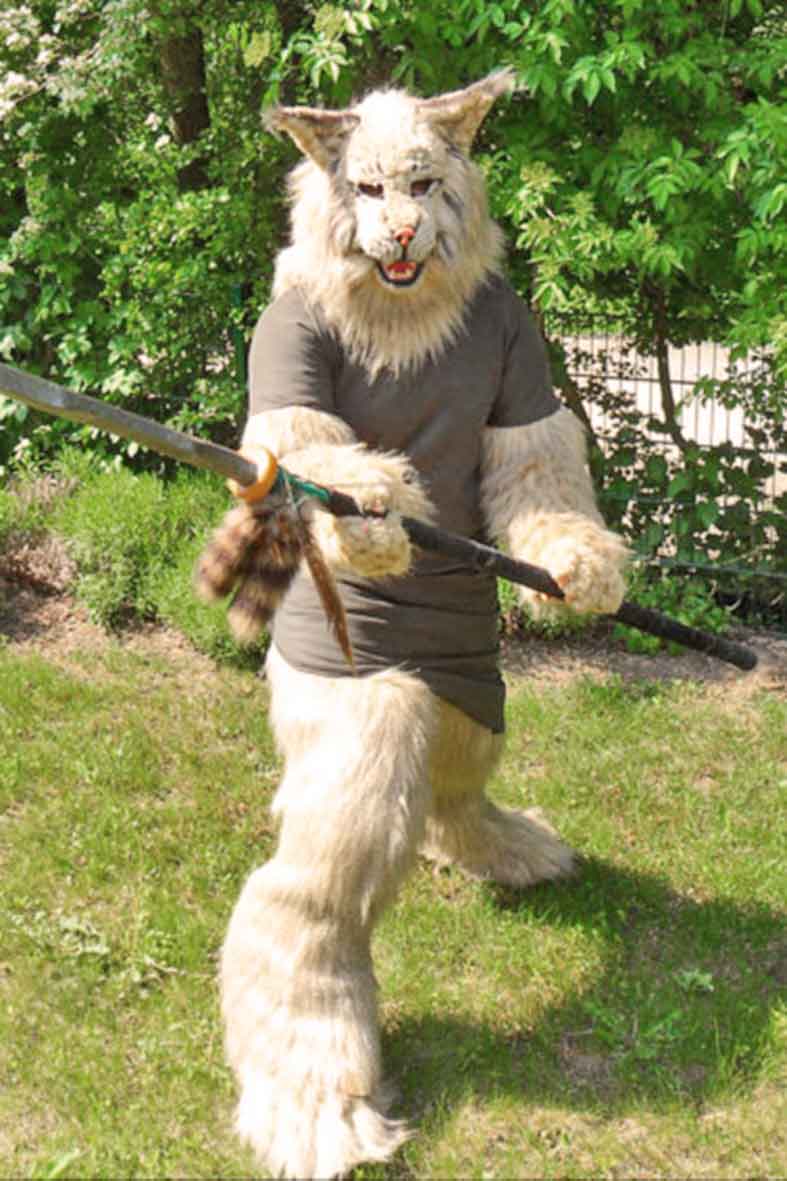 |
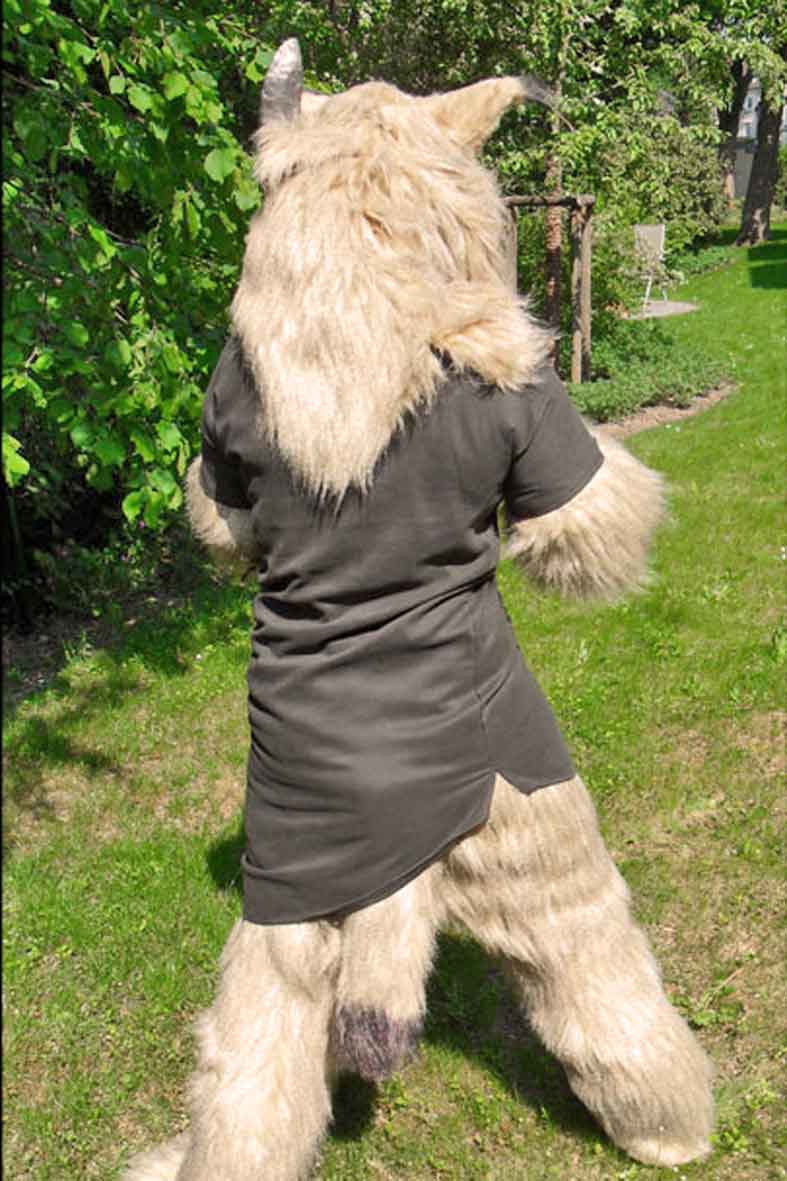 |
||||
|
One criterion for a job well done is that it needs no explanation. This creature for example - despite all its strangeness- says “lynx” on the very first glance. It is Lisa´s variation of the “beastman”- theme towards feline species. From here on Lisas´s text:
|
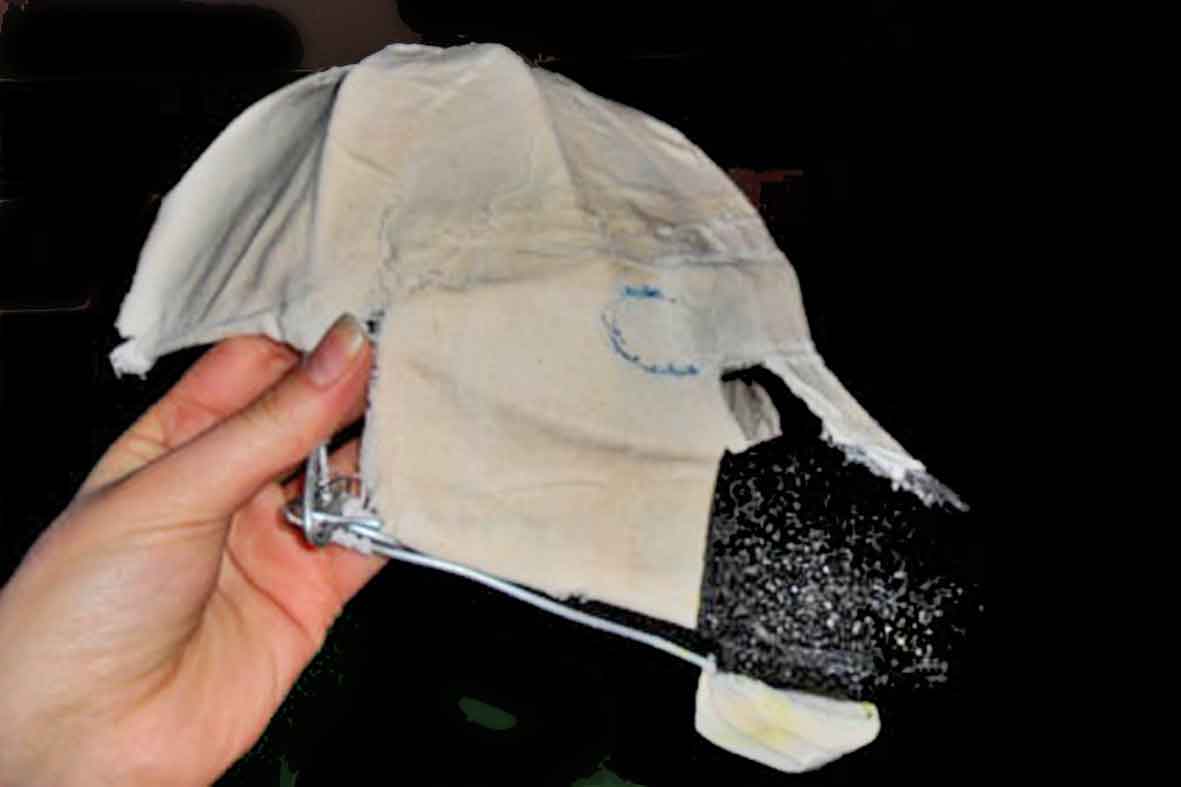 |
||||||||||||||||||||||||||||||
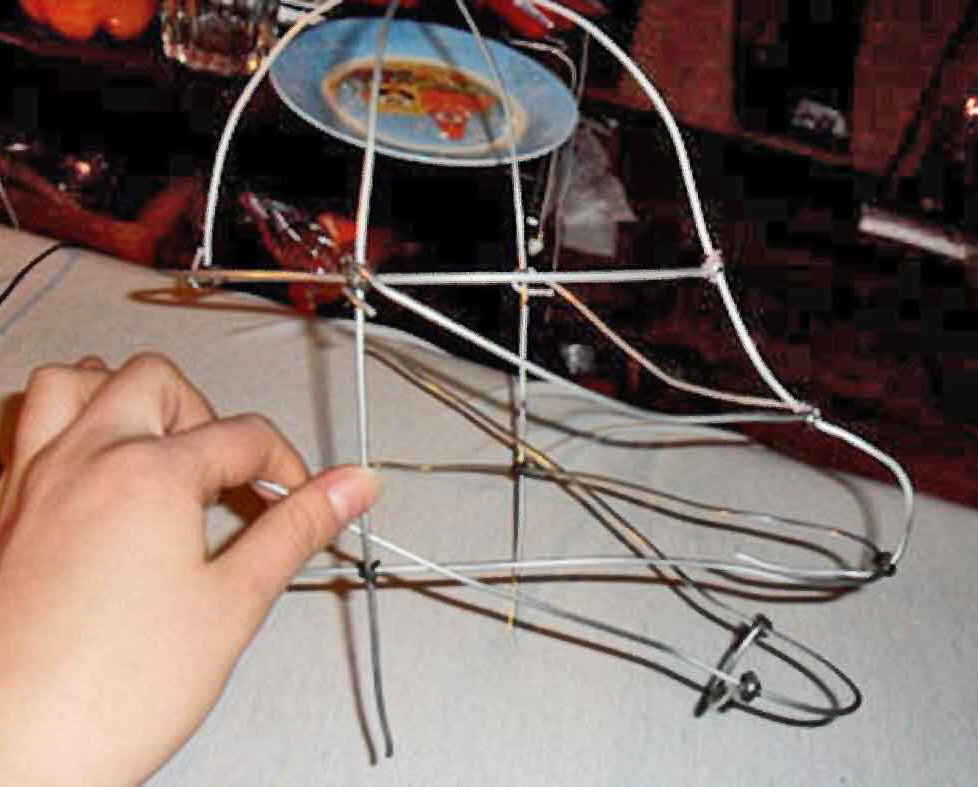 |
||||||||||||||||||||||||||||||
|
Above: Onto the wire frame were mounted pieces of cloth coated with glue. This stabilzes the construction and eases the attaching of the artificial fur. |
||||||||||||||||||||||||||||||
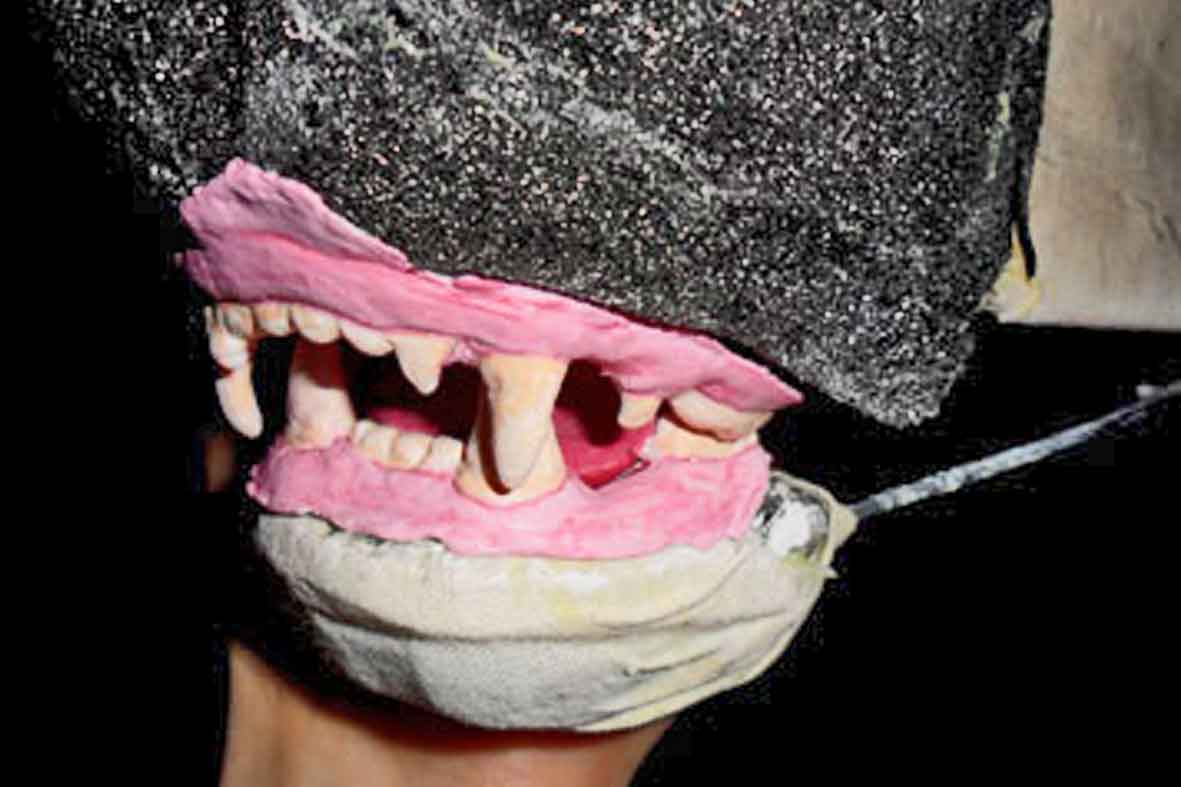 |
||||||||||||||||||||||||||||||
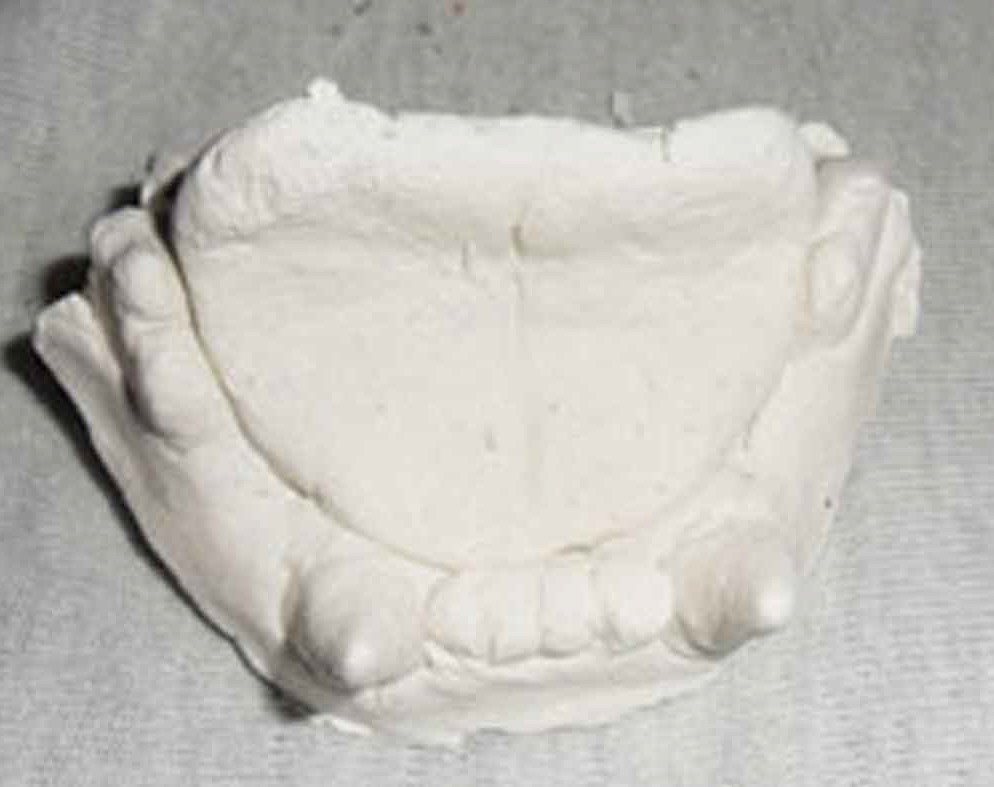 |
||||||||||||||||||||||||||||||
|
Above: |
||||||||||||||||||||||||||||||
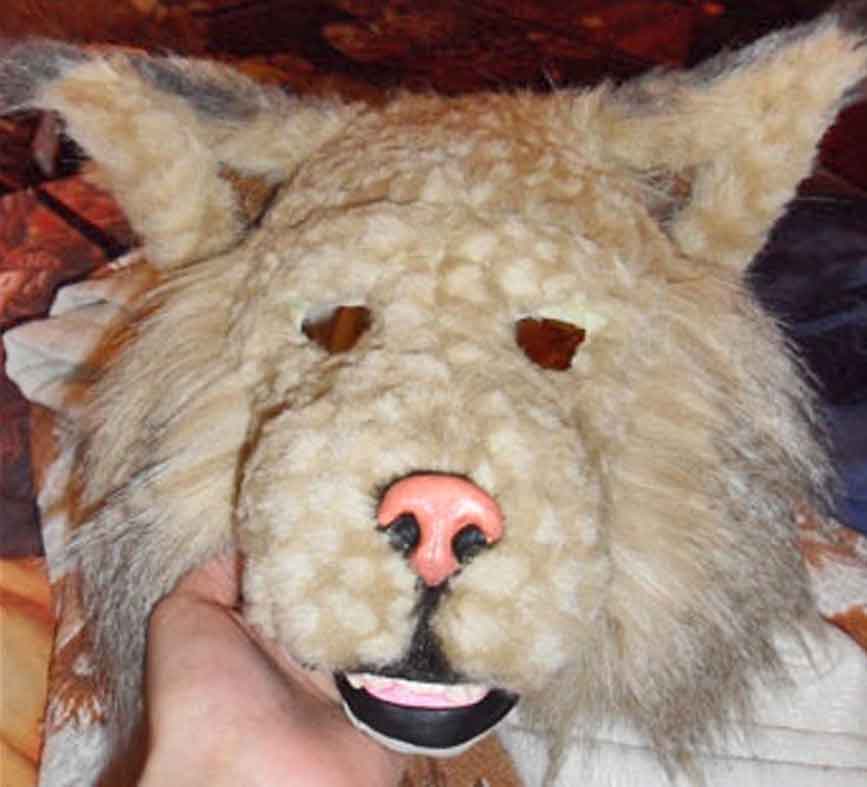 |
||||||||||||||||||||||||||||||
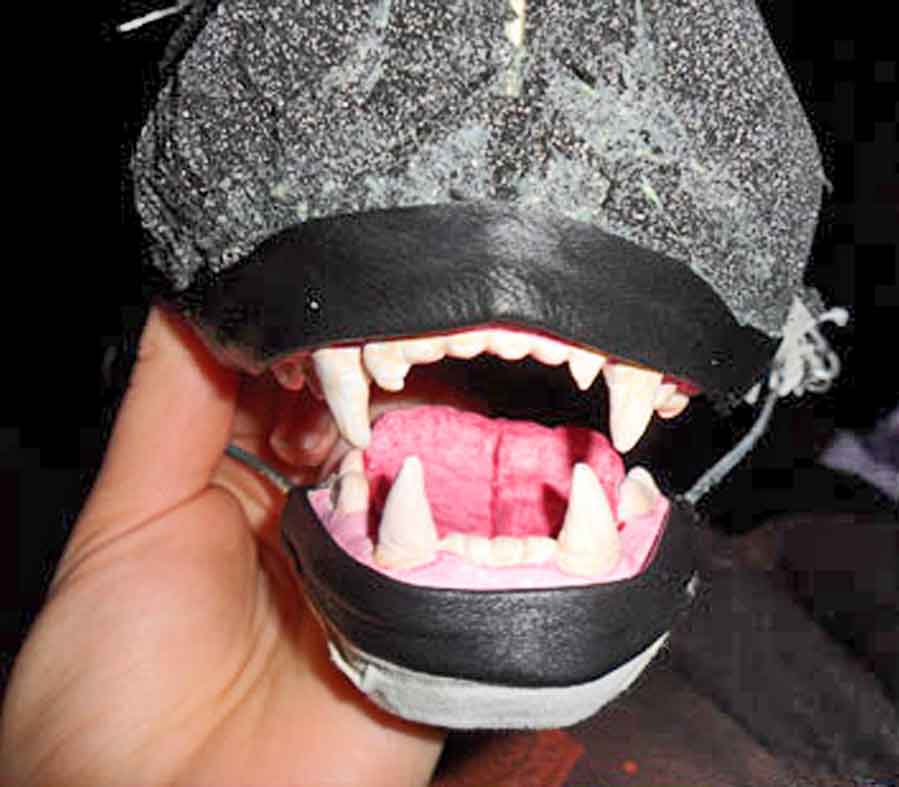 |
||||||||||||||||||||||||||||||
|
Above: Below: |
||||||||||||||||||||||||||||||
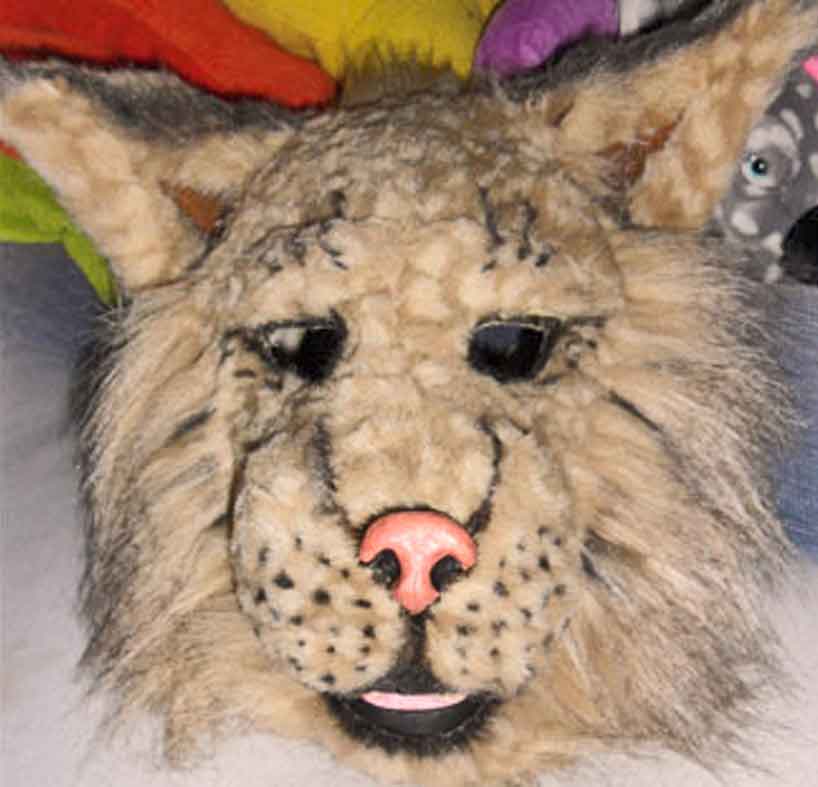 |
||||||||||||||||||||||||||||||
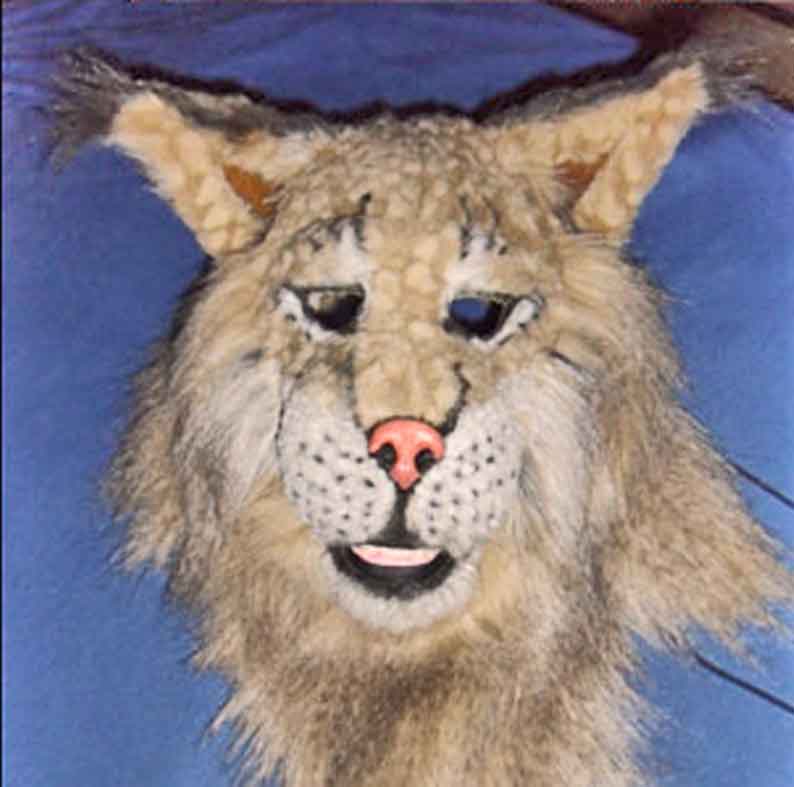 |
||||||||||||||||||||||||||||||
|
Building the body |
||||||||||||||||||||||||||||||
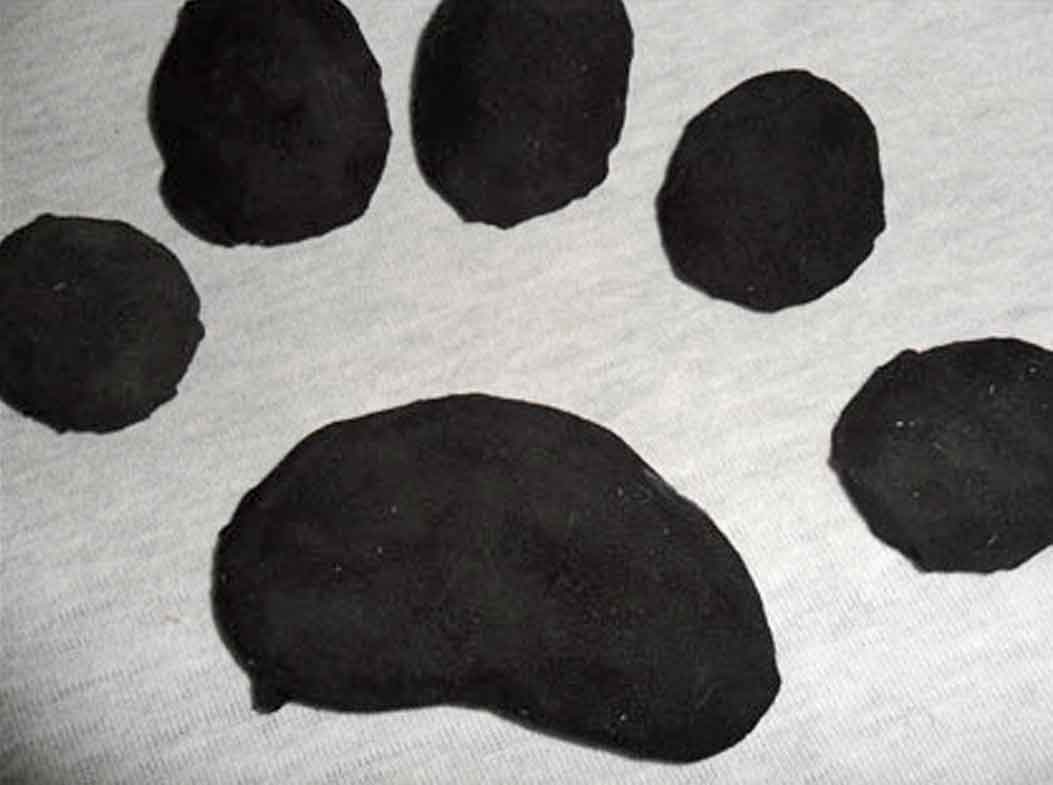 |
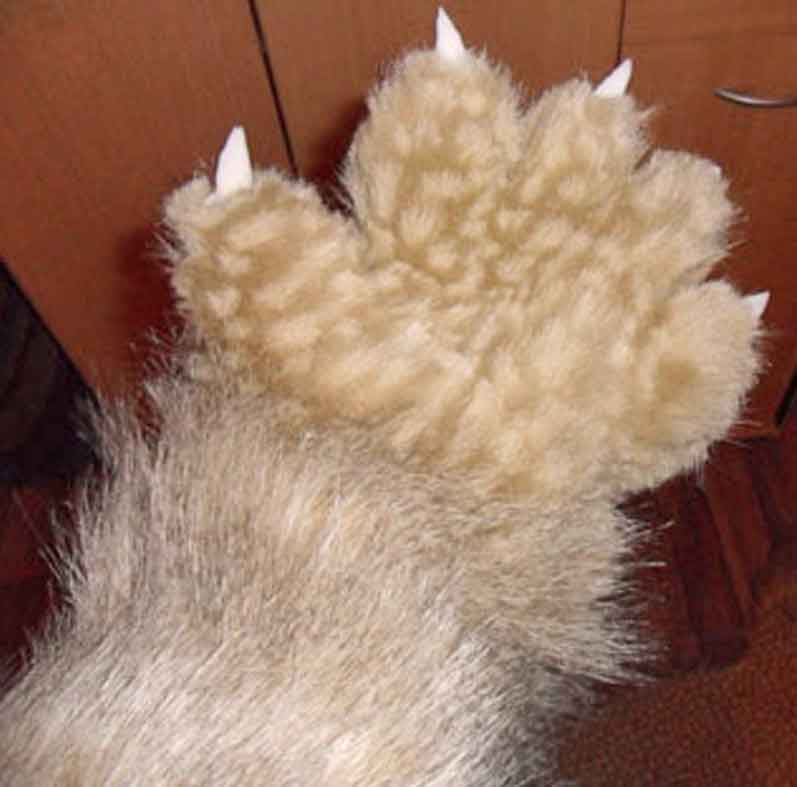 |
|||||||||||||||||||||||||||||
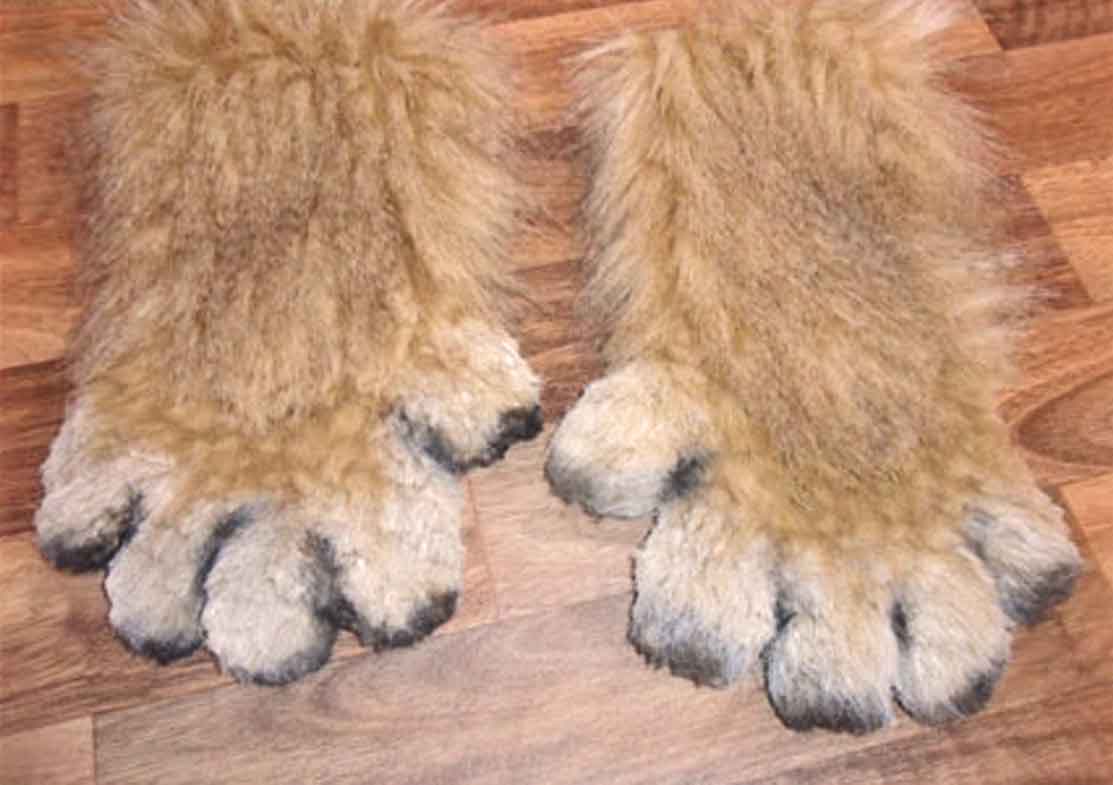 |
||||||||||||||||||||||||||||||
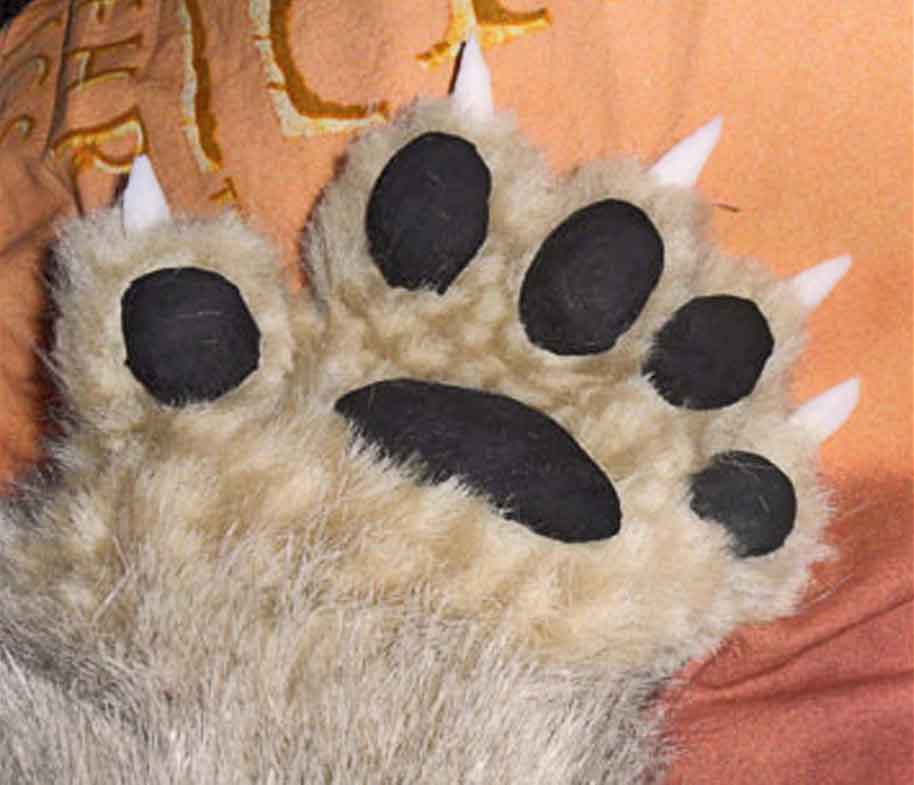 |
||||||||||||||||||||||||||||||
|
The legs: |
||||||||||||||||||||||||||||||
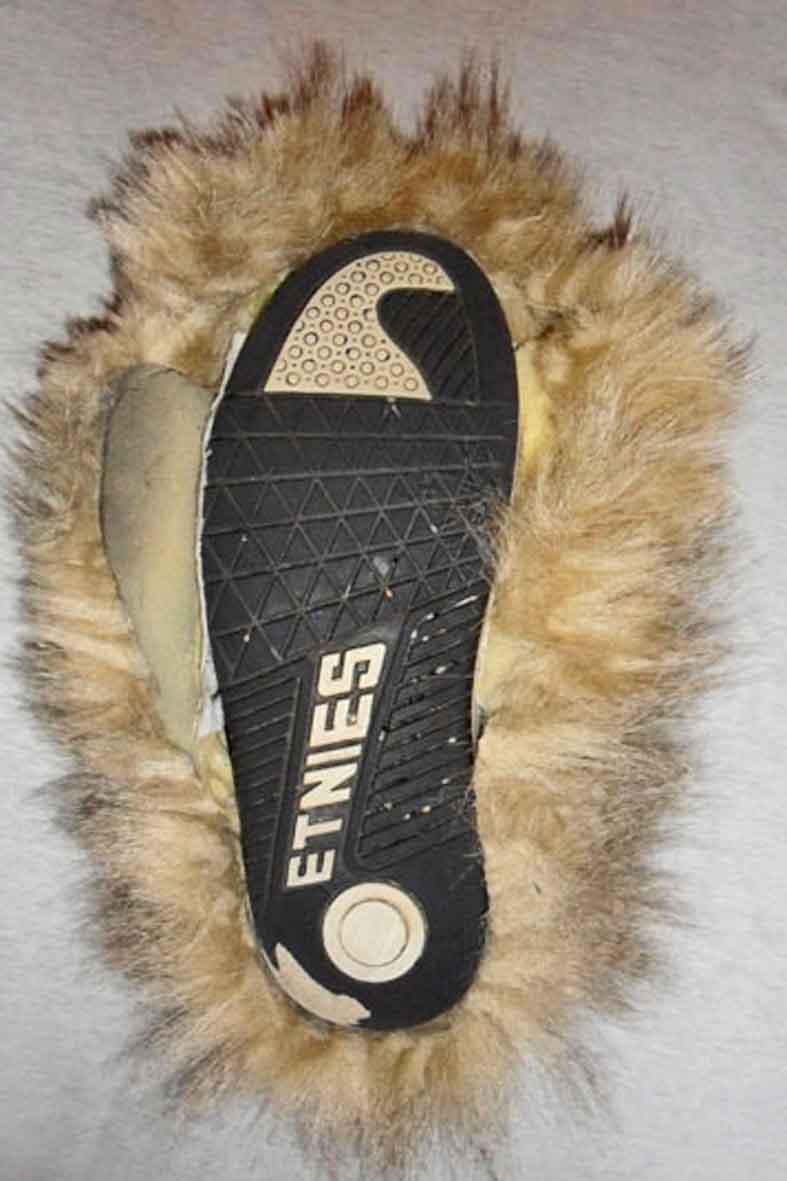 |
||||||||||||||||||||||||||||||
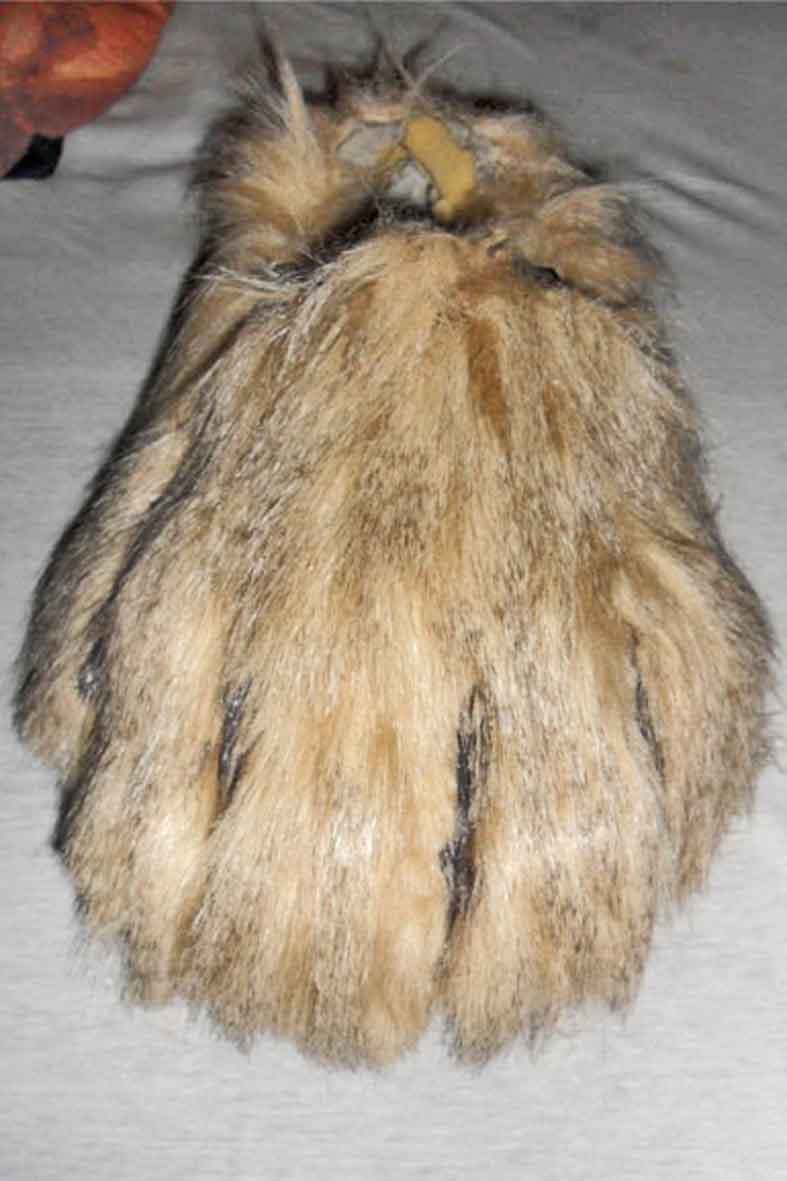 |
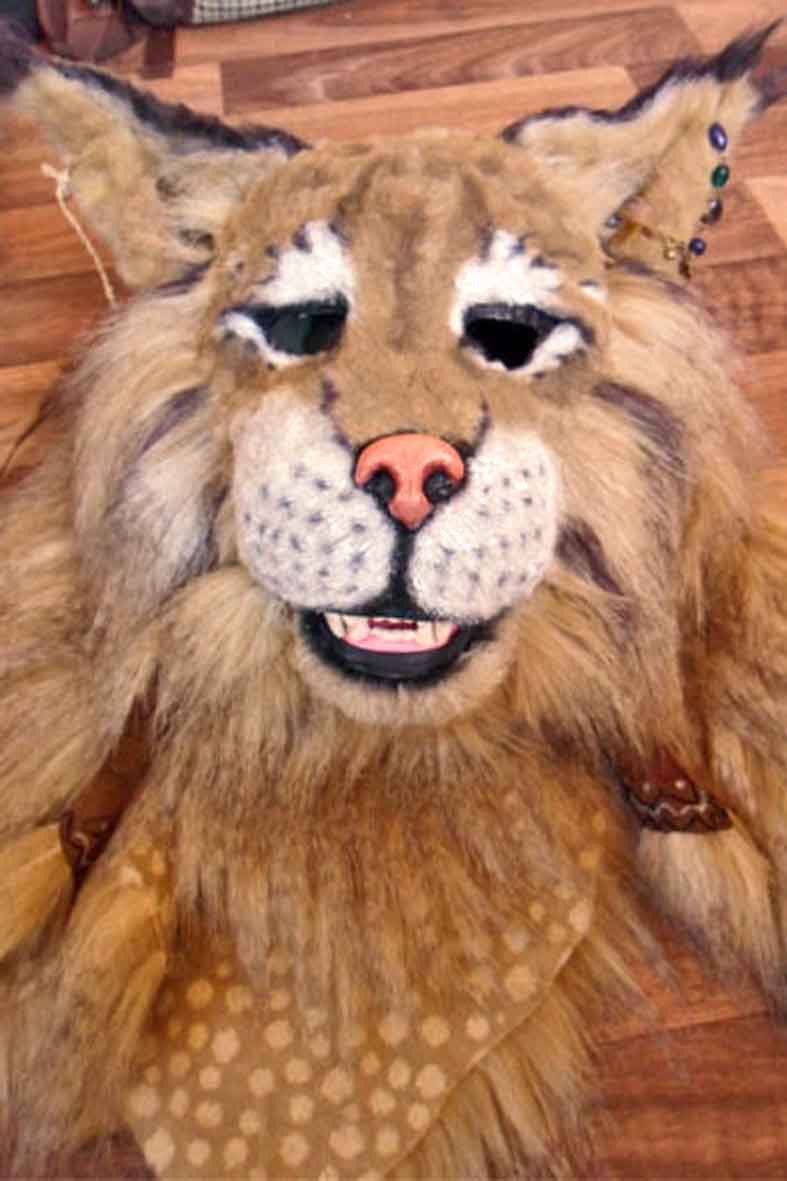 |
|||||||||||||||||||||||||||||
|
Above left and middle: Above right: Changes/ To Dos |
|
material, expenses and tools: materials used: |
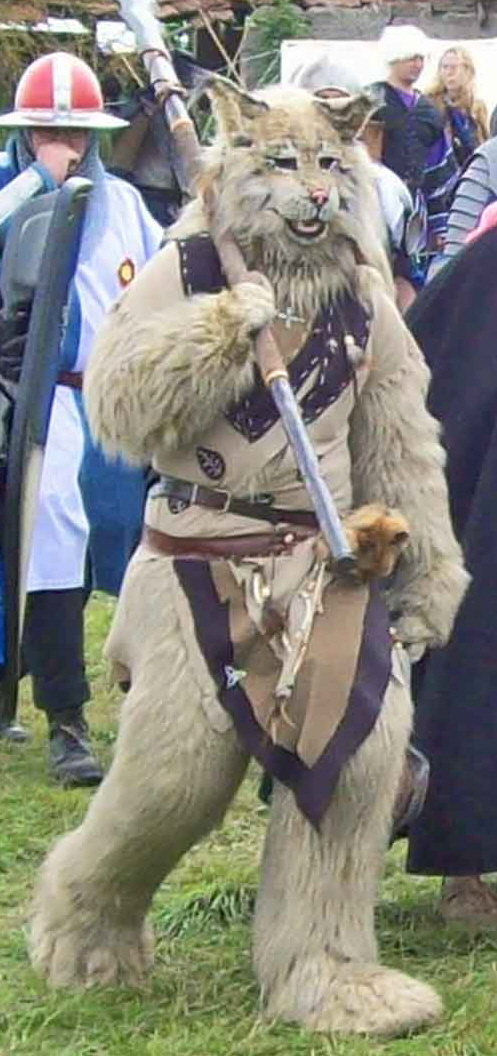 |
|||||
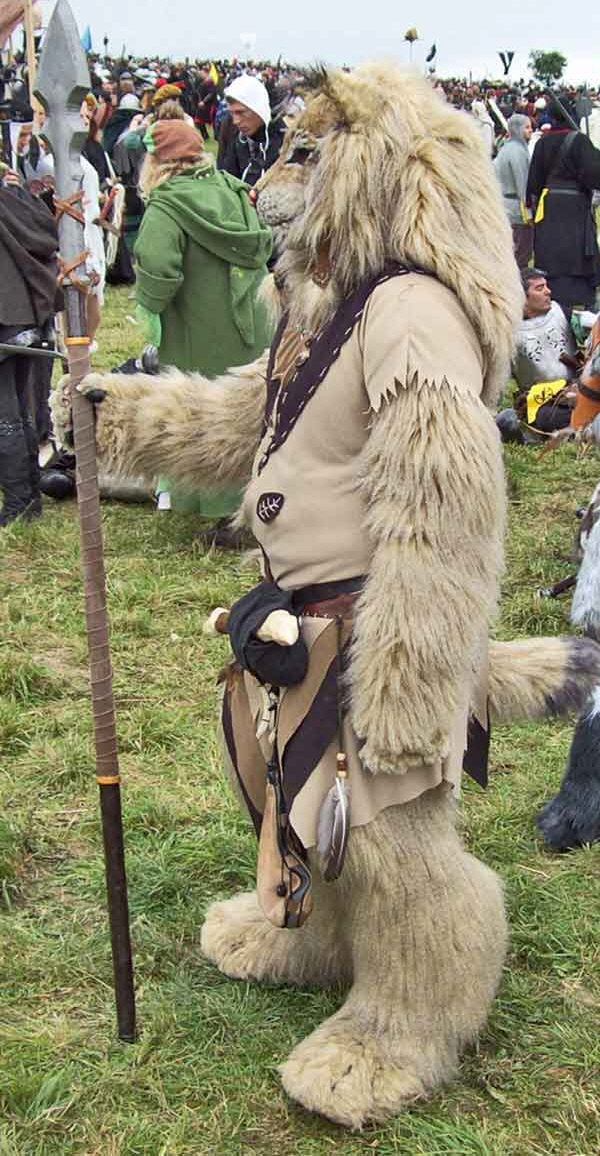 |
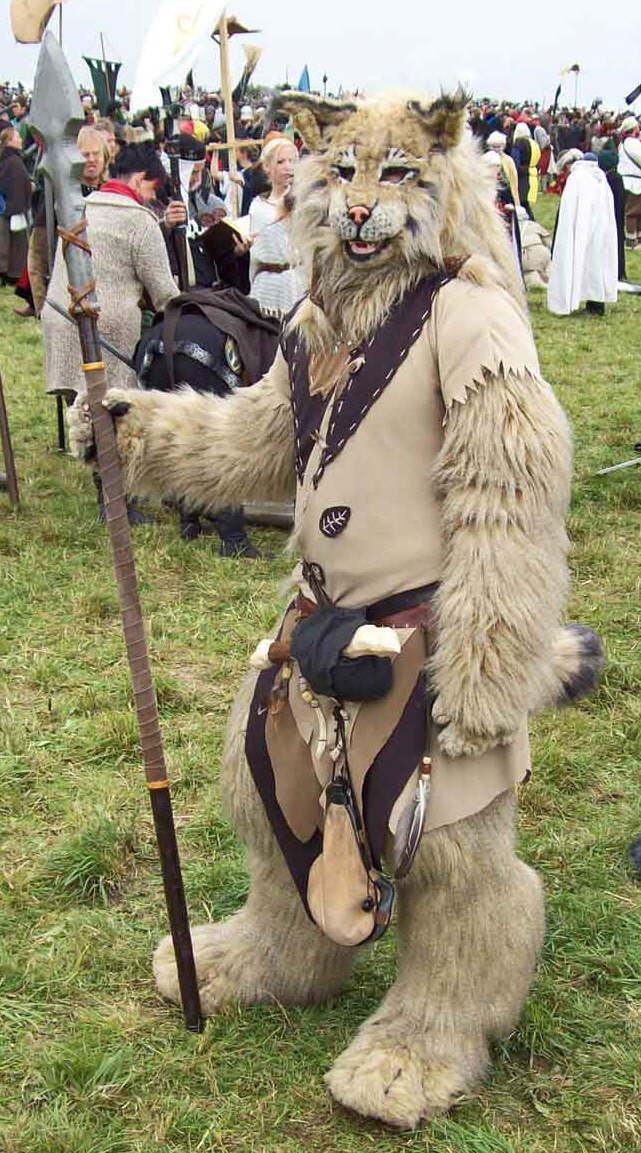 |
||||
|
Above: The lynx at Drachenfest 2011 Me again: A lot of work but undeniably it was worth it. Thanks for the pictures and the documentation! |
| [Home] [Deutsch] [English] [about me] [what´s new] [Contents] [about monsters] [faqs] [other sites] |